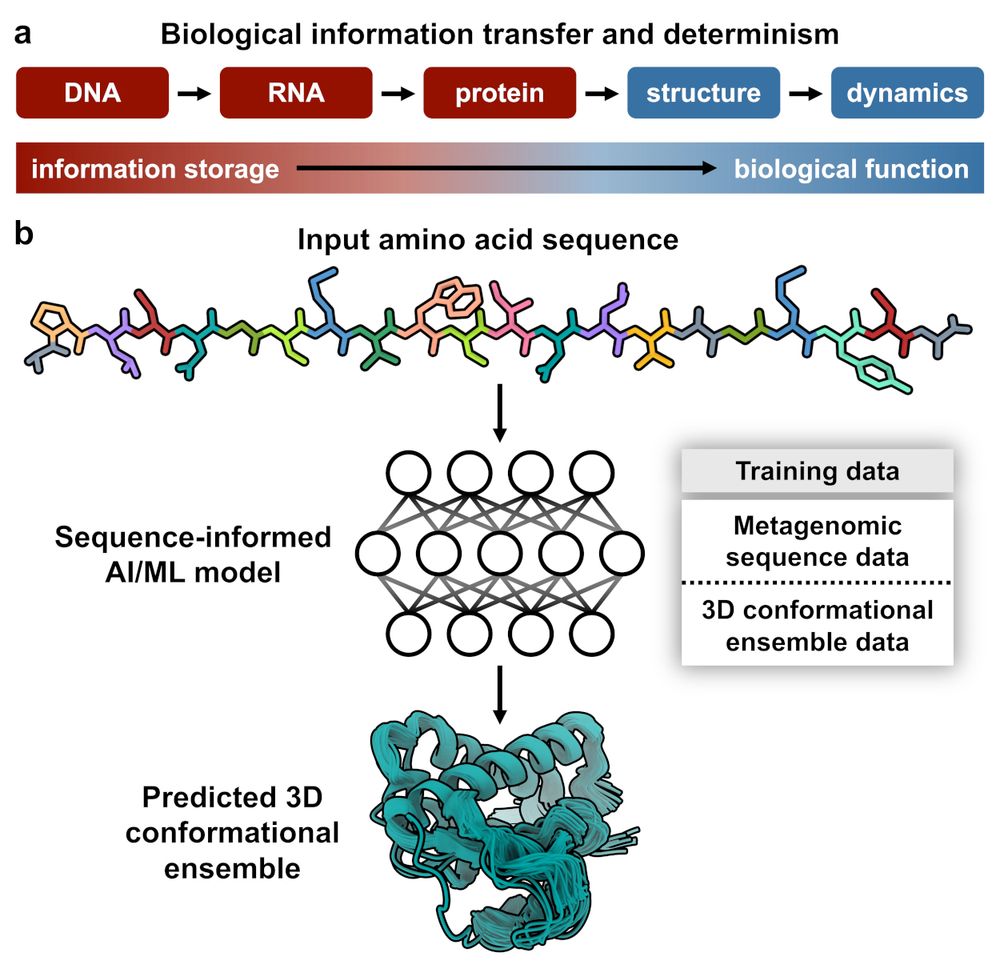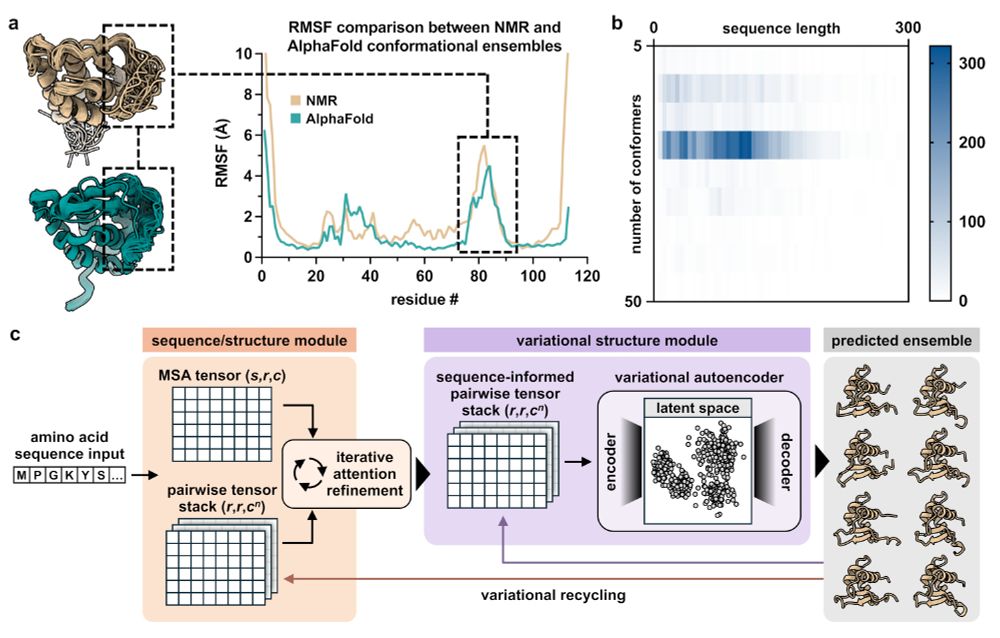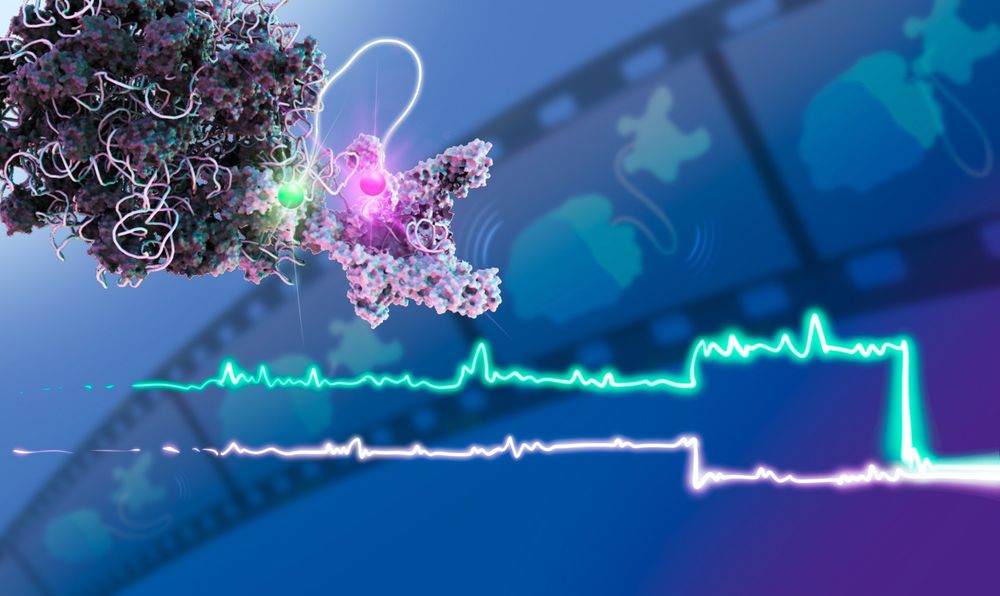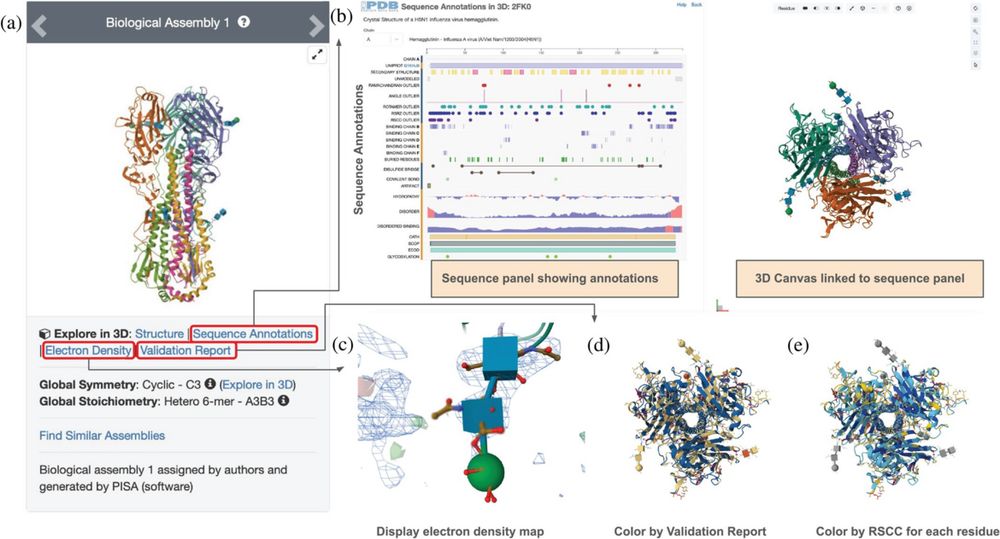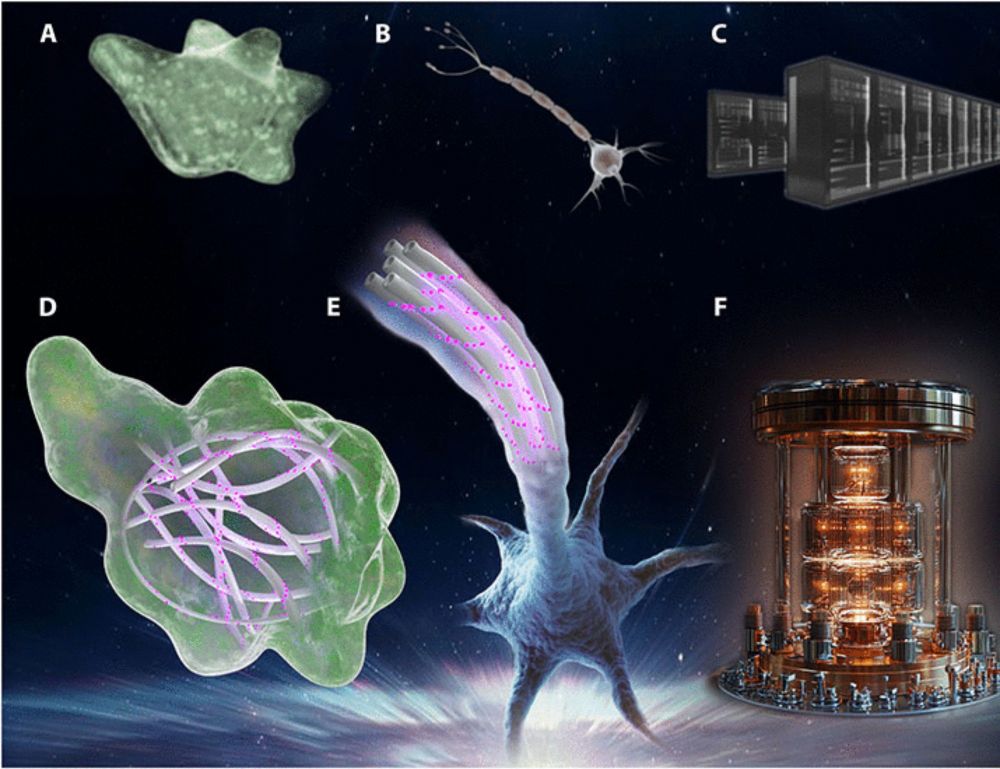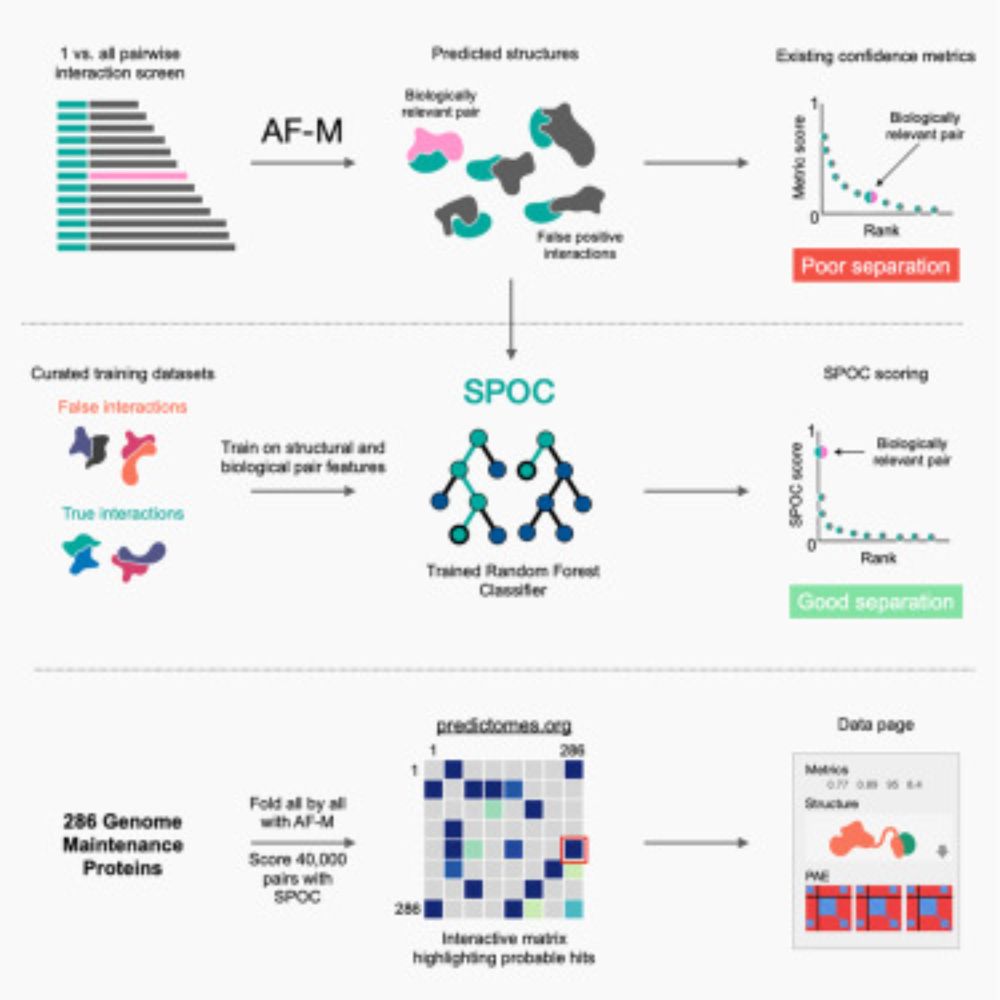Alexander Ille
@alexander-ille.bsky.social
11 followers
13 following
17 posts
Postdoctoral Researcher @ Rutgers University
Passionate about molecular biology and AI/ML
Posts
Media
Videos
Starter Packs
Pinned
Reposted by Alexander Ille




